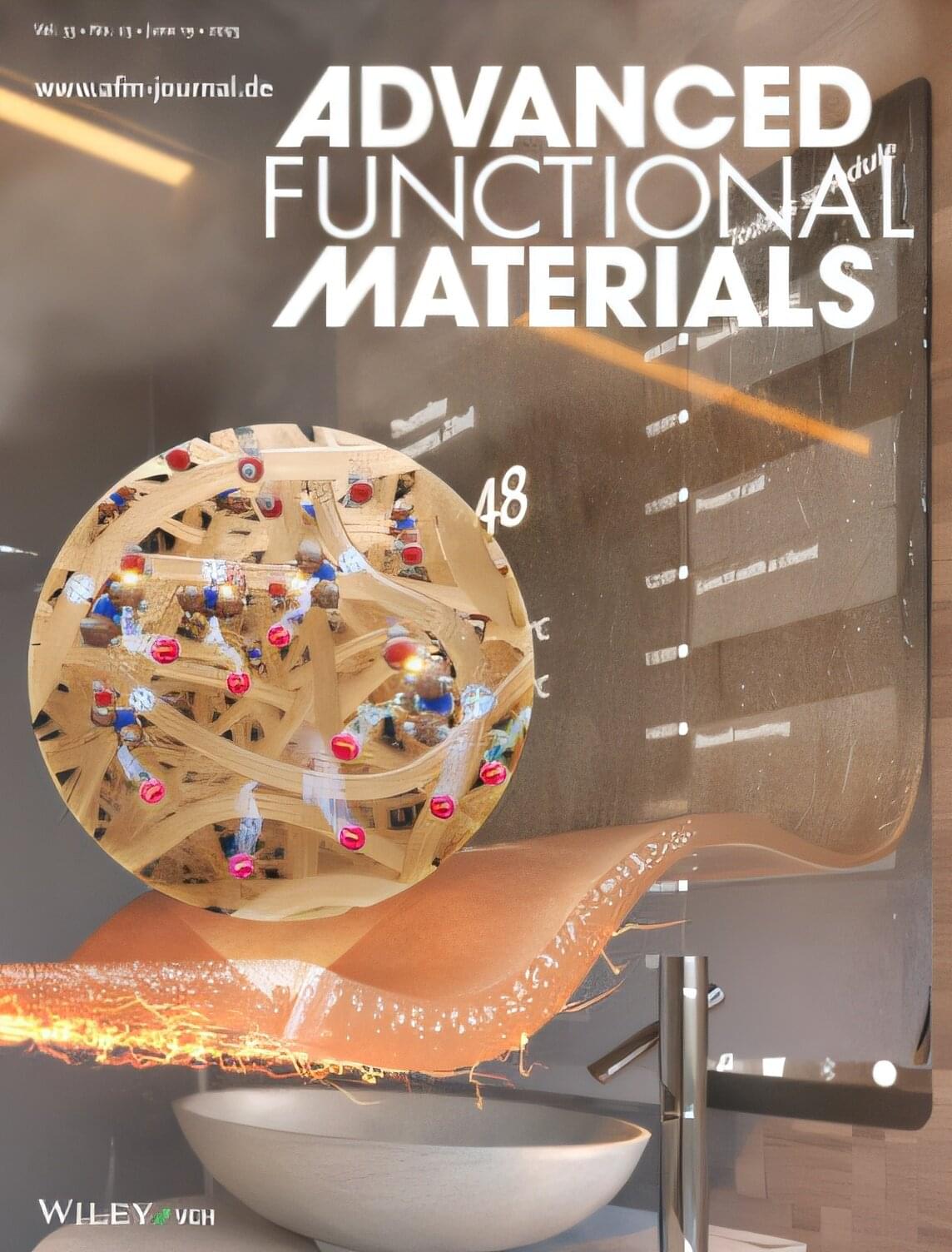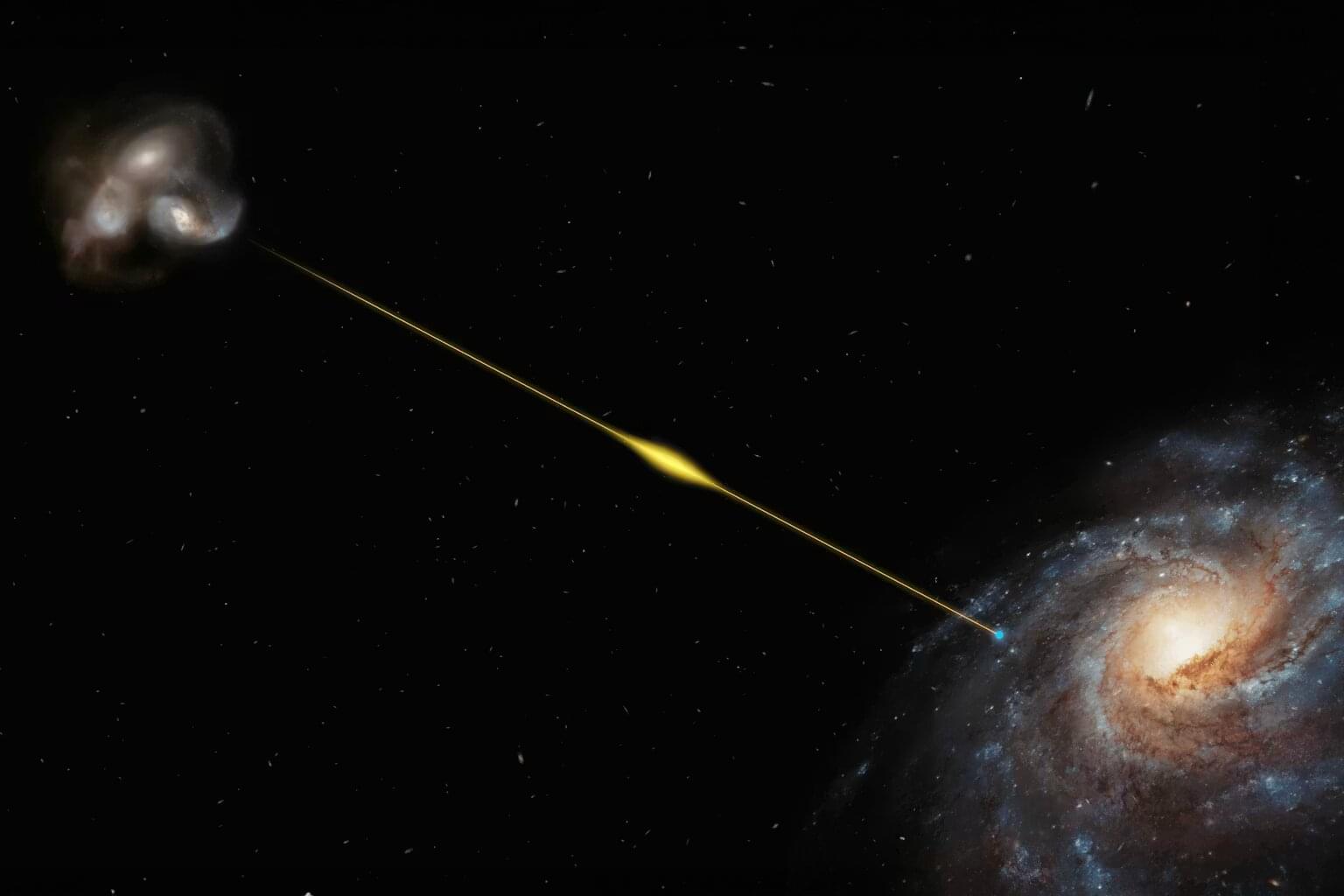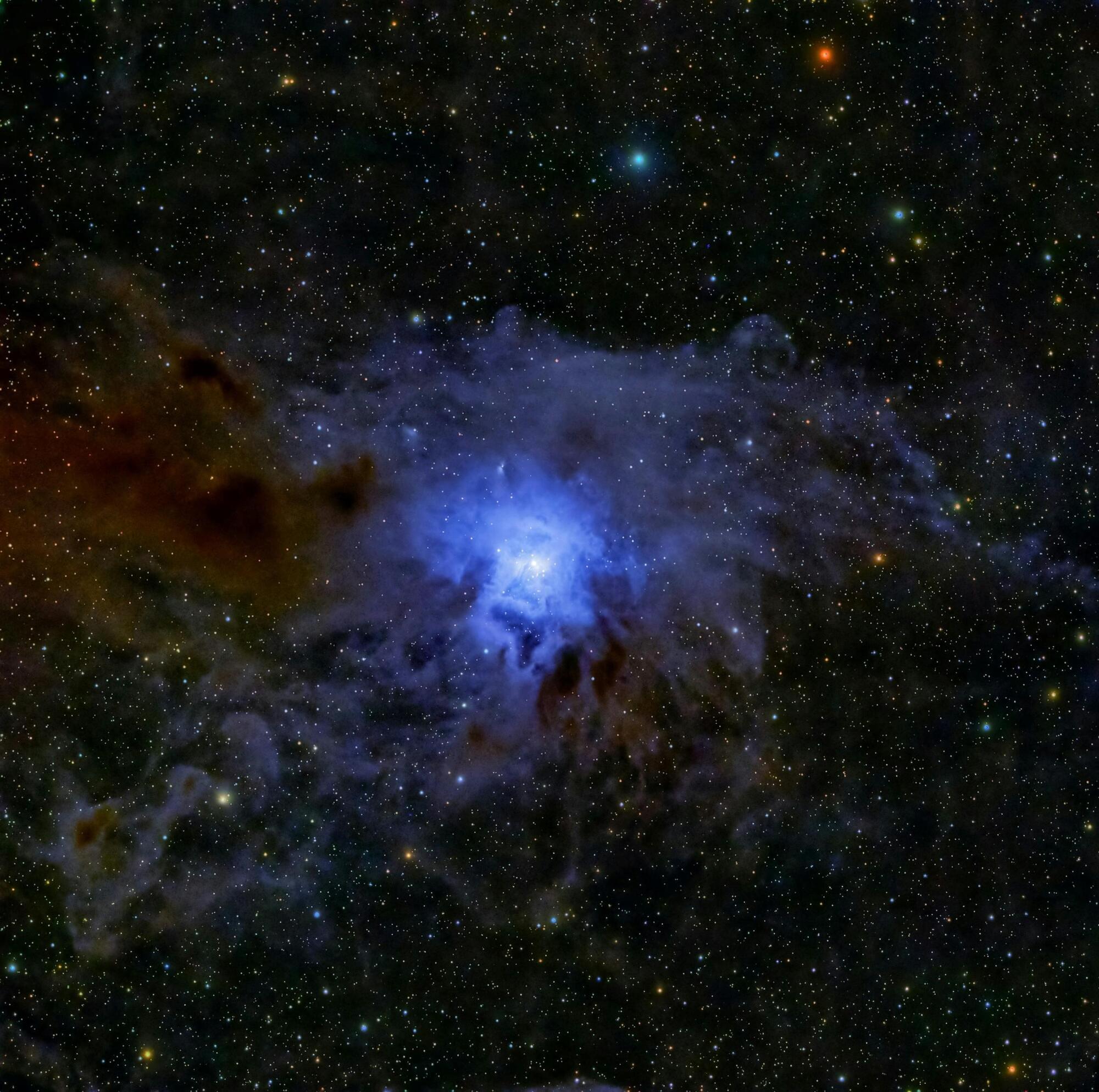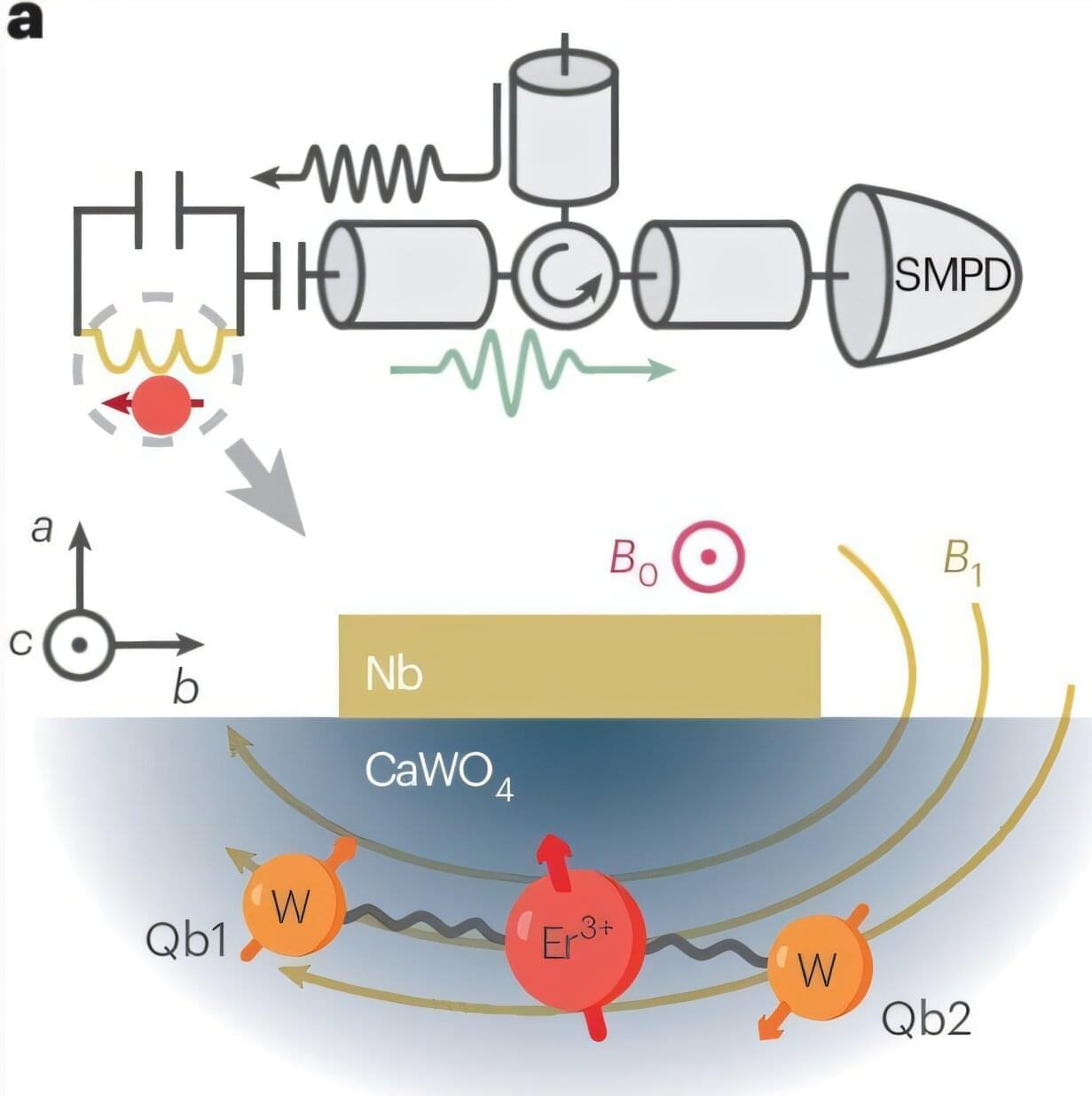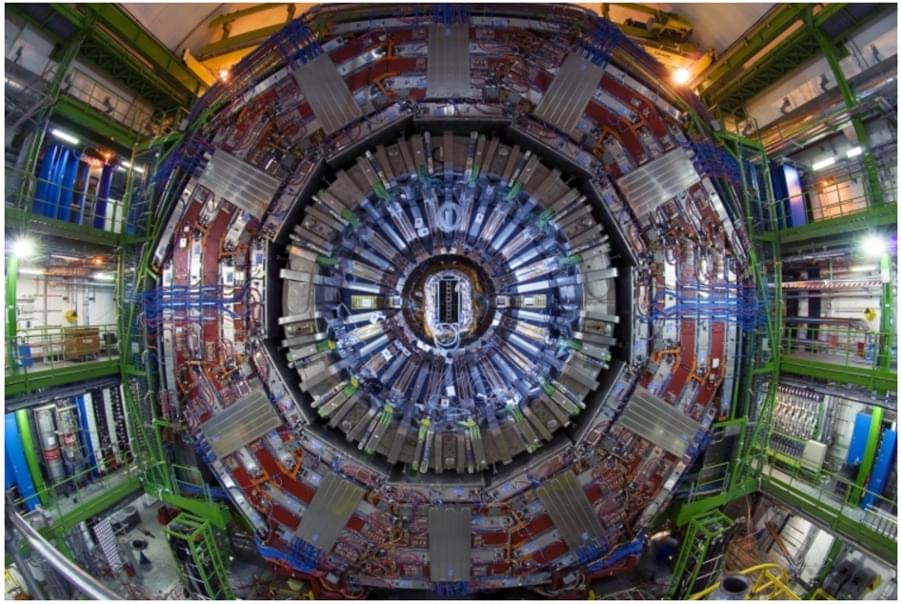Neutron stars are ultra-dense star remnants made up primarily of nucleons (i.e., protons and neutrons). Over the course of millions of years, these stars progressively cool down, radiating heat into space.
The cooling process of neutron stars could be a promising testbed for various hypothetical particles, including so-called scalar particles. These are particles that do not possess a spin and that, according to some theoretical predictions, could couple to nucleons.
Scalar particles are hypothesized to violate two fundamental laws of gravity, known as the equivalence principle and the inverse-square law. Their observation could thus greatly enrich the present understanding of the universe and its underlying physical forces.



